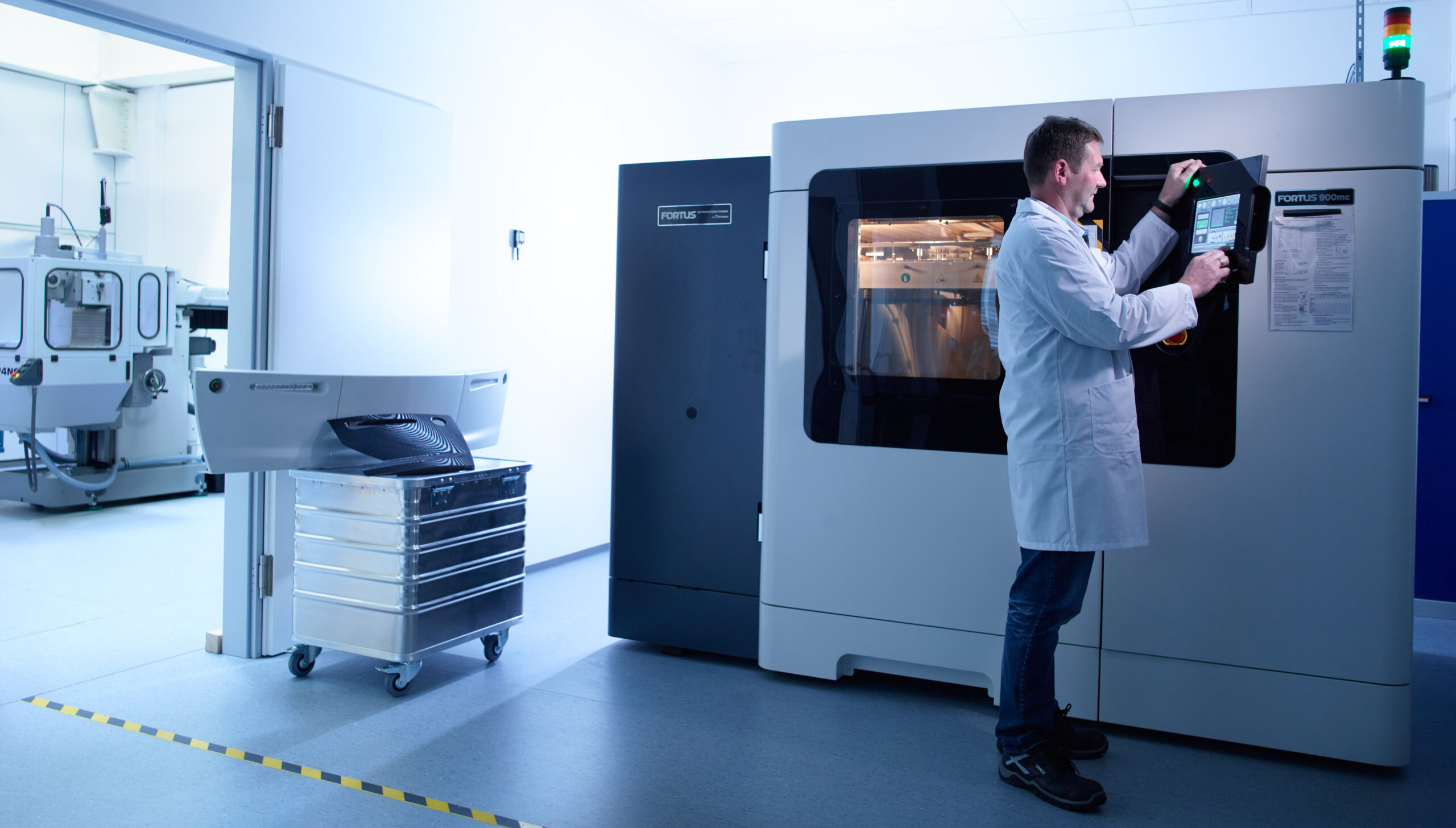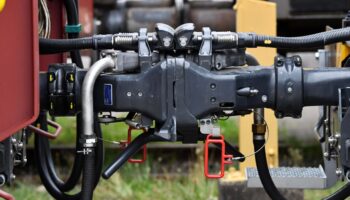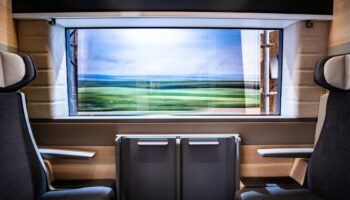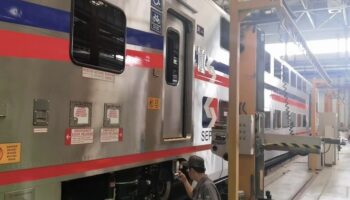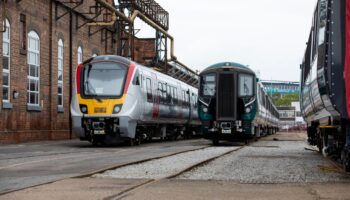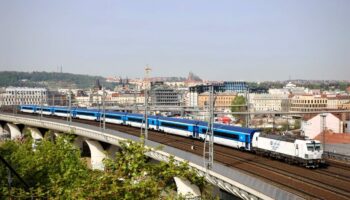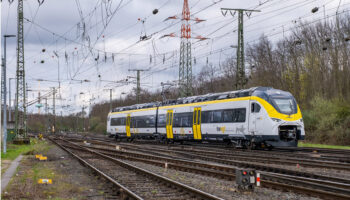Germany: The company’s strategy is aimed at the development of additive manufacturing to provide spare parts for repair depots in all countries of its presence. Since 2013, Siemens Mobility has already produced over 13,000 parts by 3D printing. The company says that additive manufacturing technologies helps to reduce the cost of components, eliminate the cost of its shipping to depots, cut their production time by almost half, and reduce CO2 emissions by 10%.
The core competencies in the field of 3D printing are concentrated in the additive manufacturing center in Erlangen, Germany. This site is equipped with a whole complex of 3D printers, which allows printing parts both from steel and aluminum, and from plastic. For example, the company already successfully 3D prints the bogie components, train fairing components and handrails with USB charging.
In addition to Erlangen, the RRX Rail Service Center, which Siemens Mobility opened in Dortmund in the spring of 2018, also has competencies for the production of components using 3D plastic printing. The center is equipped with a Stratasys Fortus 450mc 3D printer, which allows printing from industrial-grade polymer ULTEM 9085 material. Components for the SkyTrain monorail were also printed in Dortmund.
The production of components using 3D printing is implemented by Siemens Mobility in stages. First, a 3D model of the part is created in a special software: the company as a whole has been developing rolling stock and components in three-dimensional graphics since 2006. However, if necessary, it is possible to add previously produced parts to the program using drawings. Then the part is printed, after which it undergoes further processing in the workshop, including grinding, cutting and other operations. Siemens Mobility also notes that due to additive technologies, it is possible to quickly add new functions to components, customise them according to the customer requirements, as well as reduce the weight of the product.
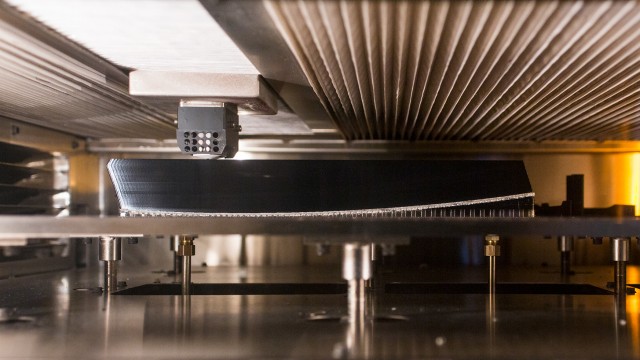 The work of the Stratasys Fortus 450mc 3D printer. Source: Siemens
The work of the Stratasys Fortus 450mc 3D printer. Source: Siemens
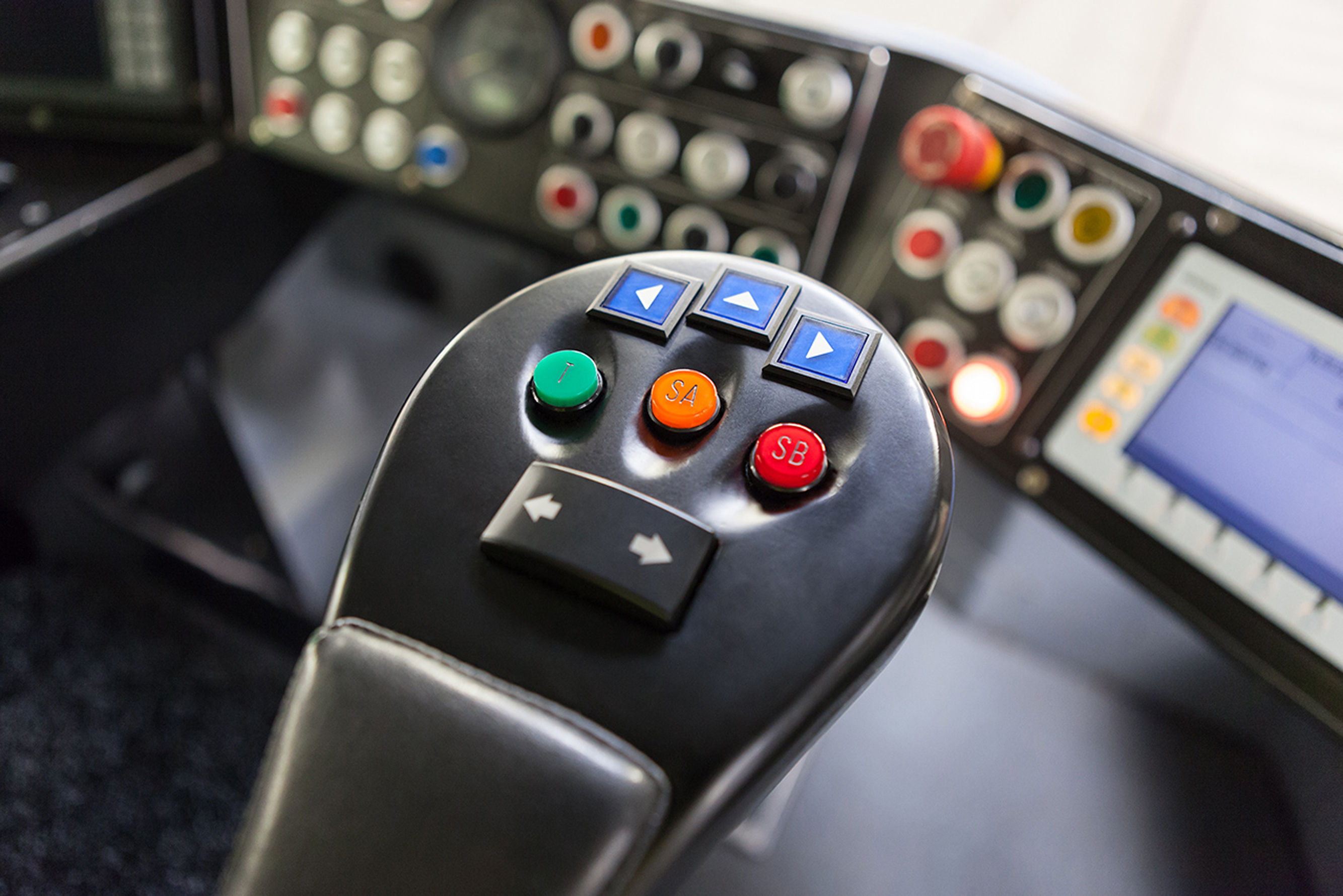 The driver seat armrest produced by Siemens Mobility with the assistance of 3D-printing technologies. Source: Stratasys
The driver seat armrest produced by Siemens Mobility with the assistance of 3D-printing technologies. Source: Stratasys
The components printed at the additive manufacturing center in Erlangen are also available for purchase for all interested third-party companies. As Siemens Mobility declares, more than 1,200 3D-printed parts are presented on the MoBase virtual trading platform.
Siemens Mobility expands its 3D printing competencies beyond Germany. So, in 2020, two Stratasys Fortus 450mc 3D printers were installed at Podmoskovnaya and Metallostroy depots in Russia. It was planned to manufacture some components there, in particular, interior parts, for 16 “Sapsan” EMUs operated by Russian Railway (RZD), as well as for 13 high-speed trains of the same model, which should be delivered before 2023 (currently on hold due to the suspension of Siemens deliveries to Russia with the situation on Ukraine).
In the future, Siemens Mobility plans to equip its US depots with 3D printers, as currently components are delivered from Germany and it leads to significant logistics costs. In general, the strategic goal of the German manufacturer is to ensure the delivery of spare parts around the world within a day.





